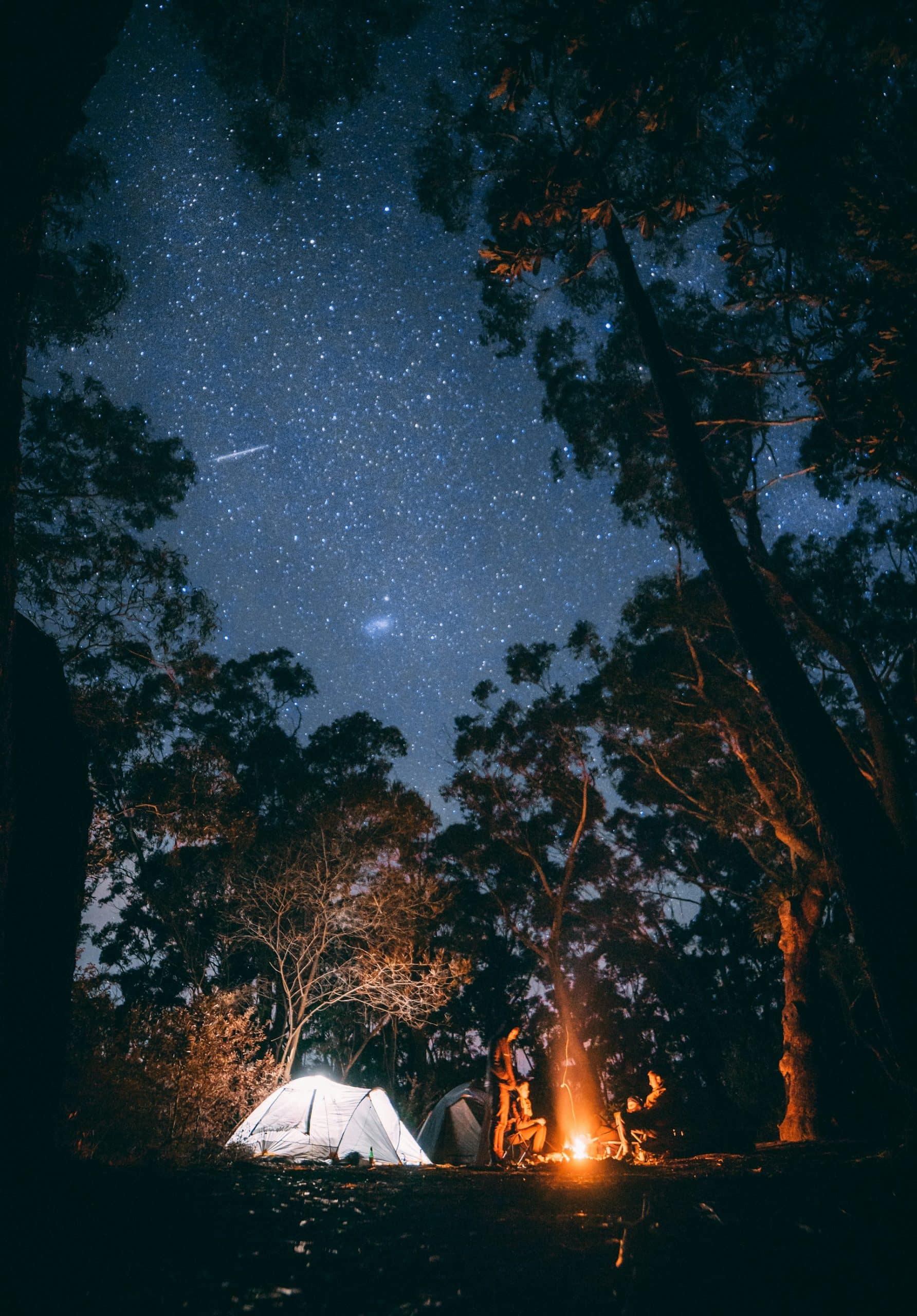How to camp near UK historical battlegrounds with respect and awareness?

The United Kingdom is a land steeped in history, a tapestry woven with tales of battle and bravery, of conflict and courage. From the windswept moors of the north to the rolling hills of the south, each region bears the scars of a turbulent past. You can almost hear the thunderous charge of cavalry, the roar of artillery, and the commands of a general echoing off the hills and across the river valleys. These historical battlegrounds make for engaging and intriguing camping destinations. However, it is crucial to approach these areas with respect and awareness. This guide will provide you with comprehensive instructions on how to do just that.
Understanding the Battle History
The stories that these battlefields tell are not just about war; they are about the people who fought them, their struggles, and their sacrifices. The first step in camping respectfully near historical battlegrounds is to understand their significance in British military history.
Sujet a lire : What guidelines should you follow for camping within the vicinity of UK wind farms?
The English Civil War
The English Civil War was a series of battles fought between 1642 and 1651. The war pitted King Charles I and his Royalist supporters against Parliamentarians, who were led by general Oliver Cromwell. Notable battlegrounds from this period include Edgehill in Warwickshire and Marston Moor in Yorkshire. At these sites, the echoes of cannon fire and the spectres of English Roundhead and Cavalier soldiers are almost palpable.
The Jacobite Uprising
Fast forward a century, and you find yourself amidst the rebellious fervour of the Jacobite Uprising. This period of battle was fought in the quest for restoring James VII of Scotland and II of England, and later his descendants, to the British throne after they were deposed by Parliament during the Glorious Revolution. The Battle of Culloden of 1746, fought near Inverness in Scotland, marked the downfall of the Jacobite cause and is a historical site of significant interest.
A lire en complément : How can you participate in local farming activities while camping in rural England?
Preparing for the Camp
Once you've gleaned a good understanding of the battle's history, it's time to prepare for the camping trip. This involves ensuring you have the right equipment, knowing the rules and regulations of the site, and preparing for any weather conditions.
Equipment
The English weather can be unpredictable, so it’s necessary to pack for all eventualities. Waterproof clothing and footwear are essential, as well as a sturdy, waterproof tent. Remember, camping near a battlefield is not just any camping trip; you are stepping into the pages of history. So, apart from the usual camping gear, consider carrying a historical map of the area and books related to the battle that took place there.
Rules and Regulations
Many of these battlegrounds are preserved by organisations like the National Trust or English Heritage. It's important to respect these rules to preserve the integrity of these historical sites for future generations. Most sites will allow you to camp nearby but not directly on the battlefield. It's also vital to leave no trace, meaning you should take all rubbish with you and leave the site as you found it.
Engaging with the History
Once you are at the camping site, take the time to fully engage with the history around you. This is not only respectful but also enhances your camping experience.
Guided Tours and Information Centres
Many battlefields in the UK have information centres that provide a wealth of information about the battle, the armies that fought, and the area’s significance in history. Some sites also offer guided tours. Participating in these tours is an excellent way of immersing yourself in the history of the area.
Reflecting on the Battlefield
Sitting quietly on the battlefield, you can reflect on the sacrifices made by the soldiers who fought there. Whether they were British, American, or German troops, each soldier had a story, a family, and a home they left behind. Reflecting on these stories will give you a deeper understanding and appreciation of the sacrifices made by these brave individuals.
Respecting the Locals
Finally, it's crucial to respect the locals who live near these battlefields. For them, this isn't just a historical site; it's their home. Be mindful of their privacy and the peace they have come to enjoy in these areas.
Interacting with the Locals
Interacting with locals can provide a wealth of local knowledge and interesting stories that you won't find in any history book. However, remember to respect their privacy and time. Not everyone will have the time or inclination to chat.
Observe Local Customs and Traditions
Each region in the UK has its own set of customs and traditions. Observing these not only shows respect but can also enrich your camping experience.
Remember, history is not just about the past; it's about understanding how we got to where we are today. By camping near historical battlegrounds with respect and awareness, you're not just having an outdoor adventure; you're connecting with the past in a unique, meaningful way.
Reminiscing About the American Revolutionary War
Taking a step further back in time, we find ourselves in the throes of the American Revolutionary War. This pivotal period, which happened between 1775 and 1783, had significant ties to the United Kingdom and shaped the future of the United States.
George Washington and the Continental Army
George Washington, the Commander-in-Chief of the Continental Army, was a key figure in the American Revolutionary War. His leadership was instrumental in the defeat of the British Army and the formation of the United States. Notable battlegrounds where Washington led his troops include the Battle of Trenton, the Siege of Yorktown, and the winter encampment at Valley Forge.
General John Burgoyne and the British Forces
On the opposing side, British General John Burgoyne was a prominent figure in the battles of Saratoga. His surrender to American forces in 1777 was a turning point in the war. Despite being on enemy soil, Burgoyne was treated with respect, a testament to the chivalry of the times.
Respecting the Soldiers and Their Sacrifices
As you prepare to camp near these historical battlegrounds, it is essential to remember the sacrifices made by the soldiers, regardless of their nationality.
Remembering Benedict Arnold
Benedict Arnold, a general during the American Revolutionary War, initially fought for the Continental Army before defecting to the British side. His actions are a stark reminder of the complexity and personal struggles faced by individuals during times of conflict.
Reflecting on the German Soldiers
German soldiers, also known as Hessians, were hired by the British to fight against the American forces. Despite being far from home and often misunderstood, they fought bravely and should be remembered for their contributions to the war.
Conclusion
Camping near historical battlegrounds is not just about enjoying the beauty of nature; it's about stepping into the past, understanding the sacrifices made by brave individuals, and appreciating the complex tapestry of history that has shaped the modern world. Whether it's the windswept moors of North Carolina, the war-torn fields of the Civil War, or the chilling winterscape of Valley Forge, each battleground tells a unique story that deserves to be remembered and respected.
Whether you're retracing the steps of George Washington, contemplating the actions of Benedict Arnold, or remembering the brave German soldiers, camping near these sites provides a unique opportunity to engage with history on a personal level. Just remember, when you pack up your tent and head home, leave no trace except your footprints and take nothing but pictures and memories. After all, these are more than just campgrounds; they are hallowed grounds, etched with the stories of the past.
So as you sit under the open sky, let the echoes of the past fill your senses, and remember that you are a part of that history. Respect it, learn from it, and most importantly, never forget it.
